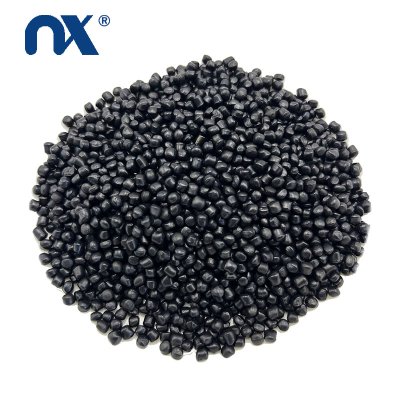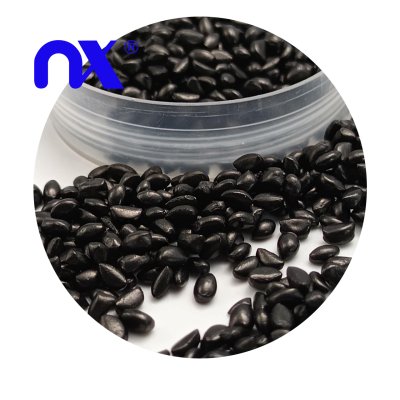Mexico’s HDPE Pipes Market — Key Growth Signals for Pipe Manufacturers
Urban demand, irrigation upgrades, and oil & gas projects are opening opportunities for pipe manufacturers to expand and innovate in Mexico’s HDPE sector.
Why Pipe Manufacturers Should Watch Mexico
Mexico is becoming a priority market for HDPE piping. For manufacturers, this means new contracts, OEM supply deals, and joint-venture production possibilities. Rising investment in municipal water distribution, modern agriculture, and energy pipelines translates directly into higher demand for extrusion capacity and high-quality fittings.
Market Drivers Relevant to Manufacturers
Urban Water Infrastructure: Cities like Mexico City and Monterrey are retrofitting distribution mains, demanding large-diameter HDPE pipes and high-quality fusion joints.
Agricultural Irrigation: HDPE extrusion lines for 90–250mm pipe are in demand for drip and sprinkler irrigation systems. Farmers are looking for consistent, leak-proof supply solutions.
Industrial & Oil Applications: Manufacturers supplying chemical- and abrasion-resistant HDPE are gaining traction in Veracruz and Tamaulipas’ energy corridors.
Sustainability Push: Federal policies favor longer-life products with lower leakage, creating a preference for premium-grade HDPE pipes.
Technology Focus: Black Masterbatch in Manufacturing
For pipe manufacturers, black masterbatch is more than a cosmetic additive. Proper dispersion of carbon black ensures UV protection, improves thermal stability, and enhances long-term mechanical strength of HDPE pipes. Manufacturers that optimize extrusion parameters for masterbatch integration see fewer surface defects and stronger weld performance. In Mexico’s high-UV climate, this becomes a differentiator when bidding for outdoor projects.
Case in Point: Smallholder Irrigation Upgrade
A Jalisco cooperative replaced leaking PVC lines with HDPE pipes made using high-dispersion black masterbatch. The manufacturer provided training on butt fusion welding and supplied prefabricated fittings. The result was a 20% reduction in water loss and extended warranties that positioned the manufacturer as a trusted supplier. For factories, this illustrates how technical support and material innovation directly improve market capture.
Challenges Manufacturers Must Anticipate
Resin Cost Volatility: Global price swings affect local margins — hedging and regional resin sourcing can help.
Technical Training: Without skilled installers, even high-quality pipes fail. Manufacturers should bundle training to secure reputation.
Certification: Compliance with NOM and ISO standards is key for winning public-sector contracts.
Strategic Opportunities for Pipe Manufacturers
Invest in large-diameter extrusion lines to target municipal and industrial projects.
Develop UV-stabilized, black masterbatch-based products for outdoor installations.
Offer modular fittings and prefabricated manifolds to cut contractors’ on-site welding costs.
Pilot recycled HDPE blends for secondary markets to align with circular economy policies.
Forge OEM partnerships with Mexican distributors and EPC contractors.
Conclusion
For HDPE pipe manufacturers, Mexico is not just another export market. It is a growing ecosystem with diverse needs: municipal networks, irrigation upgrades, and energy corridors. Manufacturers who combine robust extrusion capacity with technical training, black masterbatch expertise, and standards compliance will be best placed to secure long-term supply agreements.





